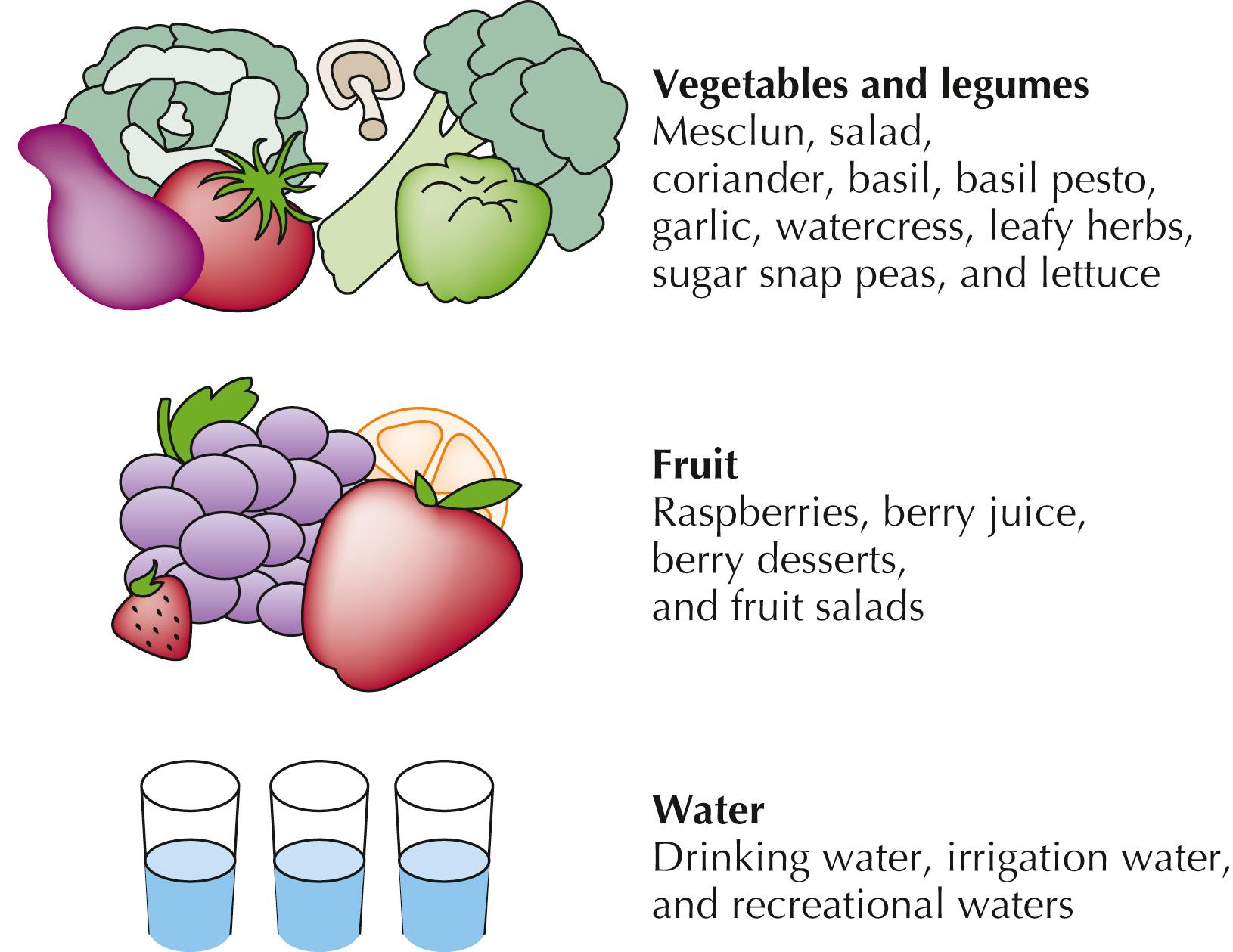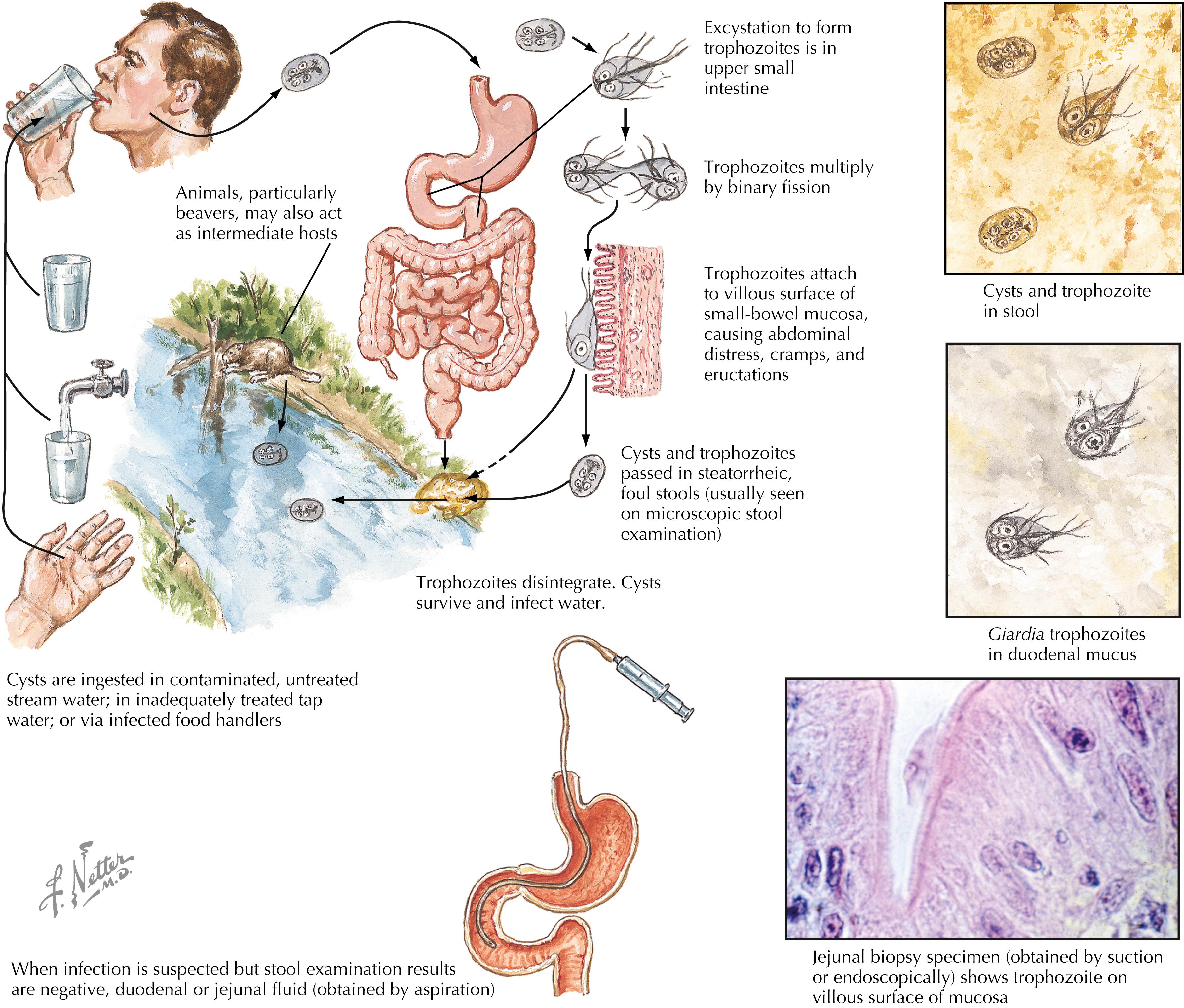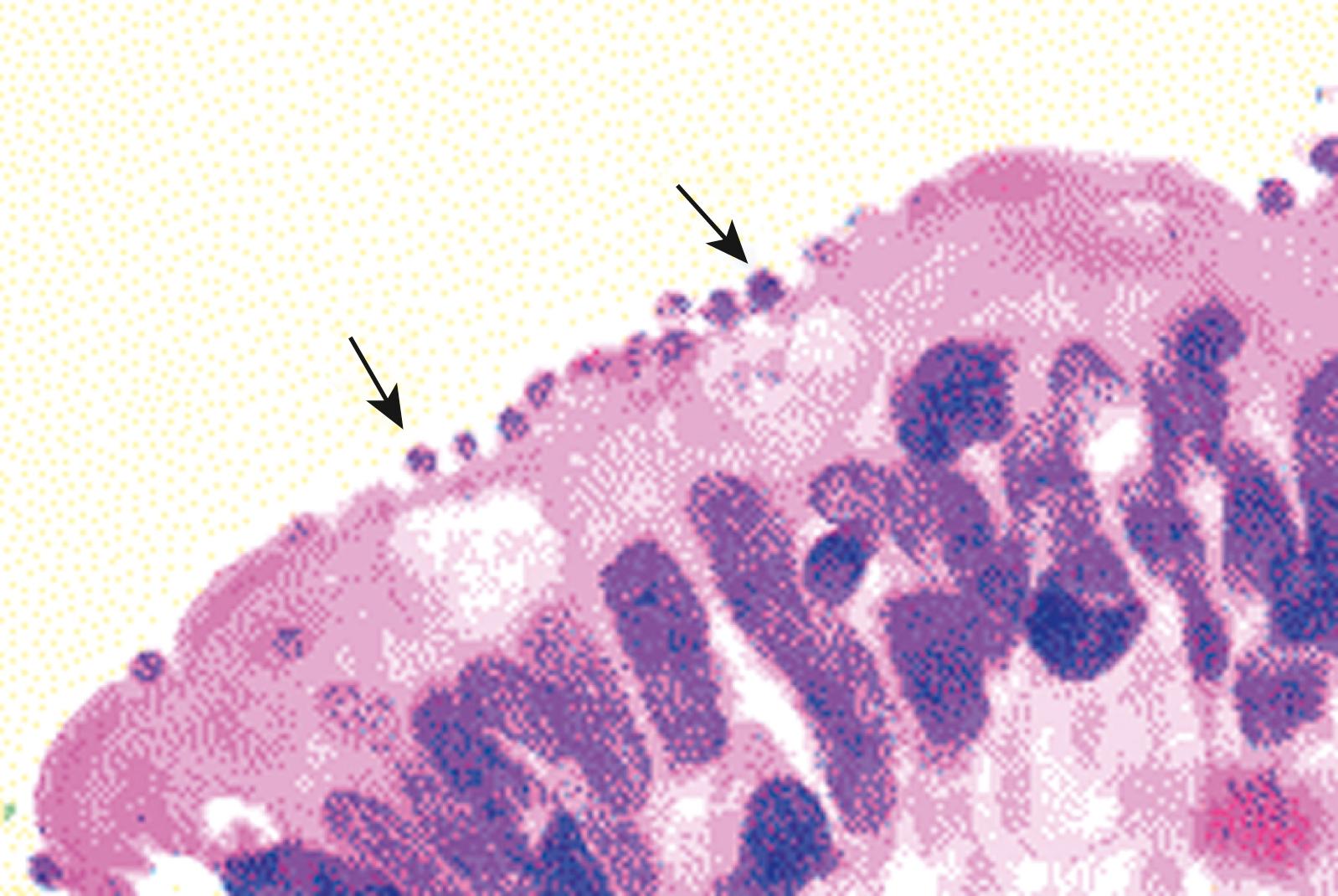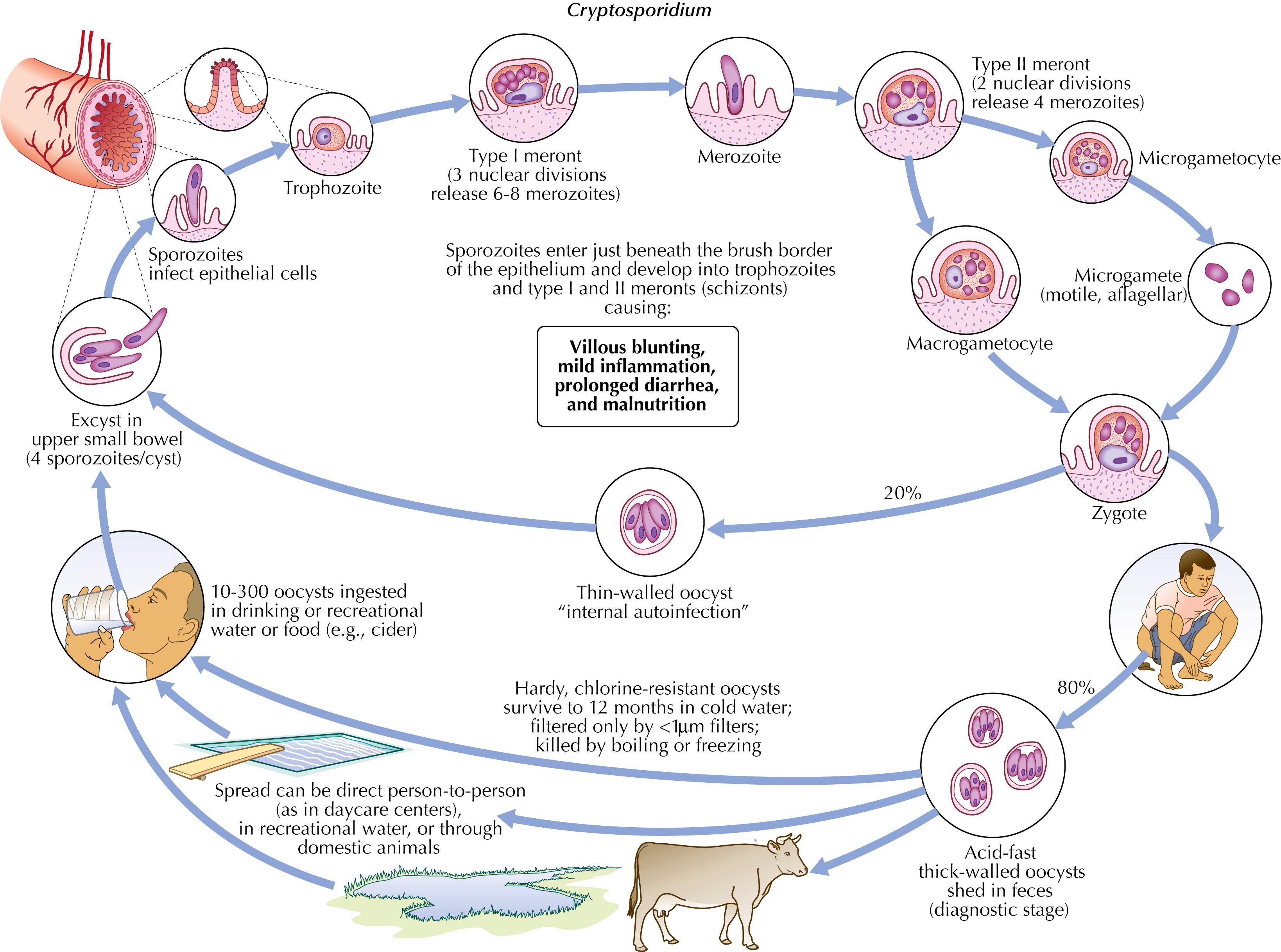Physical Address
304 North Cardinal St.
Dorchester Center, MA 02124
Giardia and Cryptosporidium are the two most common protozoan pathogens in the human intestine; in low-income countries, they also rank as leading causes of diarrhea in children under 5. Giardia duodenalis (previously G. lamblia or G. intestinalis ), was first discovered by Antoine van Leeuwenhoek, a 17th-century lens-grinder who invented the microscope, then found Giardia in his own stool. For the next several centuries, Giardia was thought to be a harmless commensal. In the 1970s, that opinion changed after short-term travelers to the former Soviet Union developed acute, symptomatic illness. Today, the paradox continues. Although giardiasis is often silent in residents of low- and middle-income countries, it can also produce significant diarrhea, malaise, nausea, bloating, flatulence, and weight loss, both here and abroad. In its most severe form, giardiasis causes chronic malabsorption and, in youngsters, can hinder development. Although anti-parasitic treatment usually cures giardiasis, treatment-refractory infections are currently on the rise.
Compelling evidence for Cryptosporidium’s pathogenicity also dates from the 1970s and 1980s. Risk factors for severe, even life-threatening diarrhea include HIV infection with a CD4 count below 100, organ transplantation, IgA deficiency, hypogammaglobulinemia, and the use of immunosuppressive drugs. Infection in immunocompetent hosts is self-limited. In the 1990s, Cryptosporidium was identified as a major waterborne pathogen. Today, like Giardia, Cryptosporidium infections also contribute to morbidity and mortality in children living in low-income countries, where it probably accounts for 20% of their diarrheal episodes.
Cyclospora cayetanensis was first identified and named in the early 1990s. Cyclospora has caused food- and waterborne outbreaks both in the United States and abroad (see Fig. 78.1 ). In the United States, sporadic foodborne outbreaks were solely linked to imported berries and produce until 2018, when mixed salads containing romaine grown in California were sold by a fast-food restaurant chain, causing roughly 500 human infections in 15 states. This event likely heralds future outbreaks stemming from domestic produce. On the other hand, despite rising cases of cyclosporiasis, the infection remains far less common than giardiasis or cryptosporidiosis. Cyclospora can be treated with antibiotics, and it is currently believed that humans are its only natural host.

A 40-year-old male scientist camped and fished in a remote lake in Alaska. On his return, he developed diarrhea, cramps, and loose stools without blood or mucus in the absence of fever and was diagnosed with giardiasis.
A 3-year-old female living in the Florida Keys complained of intermittent stomachaches over a 2-month period. Her stools were variably loose. The patient was diagnosed with giardiasis, which led to examination of her mother, father, and brother, who were mildly symptomatic; all three were subsequently diagnosed with giardiasis. The child’s only exposure was from swimming in a local community pool.
A 40-year-old from Mexico, who resided in Virginia and worked as a cook in a fast-food restaurant, was diagnosed with giardiasis. He denied any symptoms and was not allowed to prepare food. Treatment with metronidazole, nitazoxanide, and albendazole failed to eradicate the infection. He was successfully treated with a combination of paromomycin and metronidazole.
Giardia duodenalis is a protozoan with two life-cycle stages: motile trophozoites and environmentally resistant cysts. The trophozoite containing two nuclei and four pairs of flagella is dorsally convex with a ventral sucking disk, which allows Giardia to attach to the surface of the small intestinal mucosa. Trophozoites divide by longitudinal binary fission, and cysts develop as feces slowly dehydrate while transiting the colon.
The cysts of G. duodenalis are oval with a tough hyaline cyst wall. Cysts readily survive in cool, damp conditions, sometimes for months. Giardia cysts can also withstand standard concentrations of chlorine used in water purification systems.
Giardiasis is contracted after humans ingest cysts present in contaminated water or food or through person-to-person contact, including sexual contact, with other infected people. After the cysts pass through the stomach unharmed, excystation occurs in the duodenum, and trophozoites emerging from mature cysts nestle among the finger-like villi of the duodenum and upper jejunum. Trophozoites either attach to the intestinal microvillous surface by their sucking disks or move freely in the lumen. The trophozoites are most often found in liquid or soft stools; the hardier, infective cysts are found in firmer stools ( Fig. 78.2 ).

The species G. duodenalis consists of eight genetic groups, also called assemblages. Assemblage A combines human and zoonotic isolates, assemblage B accounts for most human infections, and the other six assemblages exclusively infect animals.
Cryptosporidium is caused by parasites that can complete their life cycle, which involves both sexual and asexual replication, in a single host. Infection begins with ingestion of oocysts shed from the stool of an infected animal or person ( Fig. 78.3 ). Within an infected person, the round to oval organisms are typically found within superficial, bulging parasitophorous vacuoles in epithelial cells lining the intestine ( Fig. 78.4 ) and, less commonly, in the biliary and respiratory tracts.


Roughly two dozen species of Cryptosporidium are now known to infect mammals, birds, reptiles, and fish, but the principal species infecting humans are C. hominis and C. parvum. Infection is acquired through the fecal-oral route and oocysts are immediately infectious after passage in stool. Waterborne transmission is especially common. The cyst stage of Cryptosporidium is relatively resistant to killing by chlorine and iodine.
Cyclospora trophozoites and other asexual stages have rarely been observed in human tissue; the agent’s spherical oocysts are roughly twice the size of Cryptosporidium and are not infectious until 10 to 12 days following their passage in stool. How they mature in the environment and whether their life cycle involves non-human animal hosts are currently unknown.
Within the human host, Cyclospora sporozoites attach to and penetrate small intestinal enterocytes, replicate asexually, spread to adjacent villi and crypts, destroy brush borders, and alter mucosal architecture.
Giardiasis occurs worldwide, but its prevalence is far higher in areas where sanitation is poor. Typical rates of infection are 2% to 7% in high-income countries and 2% to 30% in low-income countries, whose residents are almost universally infected in childhood. In addition, people who travel from high- to low-income settings—in particular, countries in South and Southeast Asia, North Africa, the Caribbean, and South America—are at increased risk for acquiring the parasite.
Humans also contract giardiasis following exposure to rivers, lakes, and streams contaminated by animal hosts such as beavers since cysts of G. duodenalis are especially long-lived in cold water. Food handlers and sexual partners can serve as sporadic sources of human infection. Outbreaks have occurred in custodial institutions as well as in childcare facilities where staff tend diapered infants. Dog ownership is associated with acquisition of Giardia assemblage A. Reinfection with Giardia can occur within family units or between close associates.
Cryptosporidium parasites have been found in every region of the world except Antarctica, and infections occur most commonly during warm or rainy months. Cryptosporidium parvum is generally linked to contact with animals, rural residence, and exposure to surface water, whereas C. hominis is more often contracted in densely populated, urban settings. Prospective studies following newborns suggest that virtually all children in South Asia are infected by age 2.
Hardy, chlorine-resistant oocysts can survive for as long as 12 months in cold water but are vulnerable to desiccation and killed by freezing, boiling, pasteurization, and microwave heating.
In recent years, numerous outbreaks of cryptosporidiosis have stemmed from exposure to contaminated drinking water as well as swimming pools and water parks. In 1993, oocysts in the public water supply serving roughly half of the local population of Milwaukee, Wisconsin, led to a massive C. hominis outbreak which affected an estimated 403,000 people. It was later determined that Cryptosporidium oocysts passed through the filtration system of a municipal water-treatment plant located 2 miles downstream from a sewage treatment station. Because Cryptosporidium has a vast zoonotic reservoir, contact with animals—especially calves, lambs, piglets, and other juvenile livestock—has also triggered outbreaks and individual cases, particularly among veterinary students.
Cyclosporiasis appears to have a worldwide geographic distribution but is more prevalent in tropical and subtropical regions. In endemic settings, fecal excretion predominates in children between 2 and 5 years of age; transmission is often seasonal. For example, in Nepal, higher rates of infection seem to occur during the summer and rainy seasons. In Peru, cases cluster during warm, dry summer months.
Because Cyclospora oocysts excreted in feces require days to weeks to become infectious, direct fecal-oral transmission from freshly passed stool does not occur.
In the United States, waterborne cyclosporiasis was first documented in the 1990s, when chlorinated water from a tank on the roof of a Chicago hospital dormitory infected 24 people. Five years later, 33 people contracted cyclosporiasis after drinking from a single water cooler at a golf course in New York. Since 2000, multiple outbreaks have been linked to imported raspberries from Guatemala as well as various items grown in Mexico including lettuce, mesclun, basil, cilantro, and mint. In 2018, a large, multi-state outbreak was traced to romaine lettuce grown in California, then served in salads sold by a national chain of fast-food restaurants. In addition to contaminated food and water, soil contaminated with human feces may play a role in transmission.
Along with Giardia and Cryptosporidium, Cyclospora should be included in the differential diagnosis of patients from high-income countries who develop acute traveler’s diarrhea during or after overseas trips to destinations with poor sanitation and unclean water.
The symptoms of giardiasis are variable. One to three weeks after ingesting as few as 10 cysts, roughly half of all infected people will have already cleared their infections; others who are clinically asymptomatic will continue to shed cysts; and the remainder will suffer symptoms that typically include acute, watery, diarrhea accompanied by abdominal cramps, bloating, foul-smelling flatus, sulfuric belching (also described as “eggy burps”), malaise, nausea, anorexia, and weight loss. In a few individuals, nausea, vomiting, and upper gastrointestinal symptoms predominate. At the onset of illness, diarrhea may precede the passage of cysts. Over time, the diarrhea becomes more intermittent. Malabsorption is relatively common, often resulting in stools that are yellow, frothy, and greasy. Chronic infection in children may cause failure to thrive. Risk factors for more severe clinical illness include cystic fibrosis and several immunodeficiency states, especially X-linked gammaglobulinemia, common variable immunodeficiency, and IgA deficiency. HIV infection does not make individuals more susceptible to giardiasis, but HIV-infected patients can prove difficult to treat.
Following an acute bout of giardiasis, secondary lactose intolerance—sometimes lasting for weeks to months—occurs in up to 40% of symptomatic patients. Post- Giardia irritable bowel syndrome is another common complication now increasingly recognized in non-endemic settings. Chronic giardiasis with frank malabsorption is associated with small intestinal histopathologic changes, which include shortened, atrophied villi and crypt hyperplasia accompanied by a modest degree of inflammation.
Important features which distinguish giardiasis from viral and bacterial diarrhea include its longer incubation, prolonged duration, waxing and waning symptoms, and associated weight loss. The presence of blood in stool should suggest another intestinal infection or illness.
In low-income areas of the world, Giardia is almost universal in children and is now felt to contribute, along with Cryptosporidium , to malnutrition, stunting, and delays or deficits in cognitive development. But chronic exposure also induces partial immunity; in endemic areas, children under 10 have higher rates of giardiasis than older individuals.
Unlike Giardia, descriptions of Cryptosporidium’s most dramatic manifestations preceded reports in otherwise healthy individuals. In your mind’s eye, step back to the mid-1980s and picture emaciated patients with AIDS daily passing vast quantities of diarrheal stool. To maintain hydration, electrolyte balance, and nutrition in such individuals was a daunting prospect. It was not until effective anti-retroviral therapy became available that severely ill patients co-infected with HIV and Cryptosporidium truly recovered. Although chronic cryptosporidiosis is primarily a diarrheal illness, the parasite can also infect the biliary tract and present with acalculous cholecystitis, sclerosing cholangitis, or pancreatitis. Respiratory tract involvement can occur but is rarely symptomatic.
Today, cryptosporidiosis in immunocompetent adults and children is also better understood. Oocysts shed by infected hosts are immediately infectious. Although the pre-patent clinical period can range from 1 to 30 days, acute illness typically develops 1 week following ingestion of 10 or more thick-walled oocysts and presents with non-bloody diarrhea, abdominal cramps, nausea, vomiting, and fever. Symptoms normally last 1 to 2 weeks but sometimes recur after a 1- to 2-week hiatus. In elderly patients, intravenous fluids and electrolytes and inpatient care may be needed, but in large waterborne outbreaks, the majority of patients have not sought formal care. Chronic sequelae include irritable bowel syndrome, arthralgias, and fatigue.
In resource-poor countries, Cryptosporidium typically infects children before the age of 2 or 3 and causes persistent diarrhea in approximately one-third of cases. Malnutrition predisposes to more severe disease. Persistent diarrhea due to Cryptosporidium predisposes to weight loss and premature death. Long-term effects on physical fitness and cognitive development have also been observed in children who were initially infected during their first year of life.
Clinical illness due to Cyclospora is characterized by persistent bloating, flatulence, abdominal cramps, constipation, and fatigue, making it indistinguishable from infections due to other protozoal diarrheal agents including Giardia , Cryptosporidium, and other organisms reviewed in this chapter. Fever is present in 25% of cases. Asymptomatic infection also occurs in residents of developing countries, especially adults. This suggests that repeated exposure to Cyclospora can lead to partial immunity.
The traditional microscopic ova and parasite (O&P) exam utilizing a wet mount or concentrated, preserved specimen of stool remains the classic method for detecting intestinal protozoa in many developing and developed countries. However, because some protozoa ( Giardia in particular) are shed only intermittently, three separate specimens of stool are usually needed to diagnose 90% of infections. In addition, O&P exams are labor intensive, time-consuming, and require significant skill to interpret. To overcome these challenges, fecal antigen tests using enzyme-linked immunosorbent assays (ELISA) are now available as another method of diagnosing Giardia and Cryptosporidium , either singly or in combination. Excellent direct fluorescent diagnostics are also available to detect Giardia and Cryptosporidium in stool; the downside is the need for a fluorescent microscope. Molecular assays based on DNA detection represent a third-generation approach which offers even greater specificity and sensitivity along with ease of use and rapid turnaround, especially when polymerase chain reaction (PCR) technology is linked to automated DNA extraction. Such PCR-based tests are now combined in multiplex platforms designed to screen a single specimen of stool for 20 or more bacterial, viral, and protozoan pathogens including G. duodenalis , C. parvum, and C. cayatenensis. Recent research has shown that nested multiplex PCR can detect the same intestinal protozoa on fresh produce. Despite their improved sensitivity and specificity, however, the cost of nucleic acid–based tests remains a significant deterrent to their use in low-income settings.
Using the classic microscopic approach, Giardia infections are diagnosed by finding cysts or trophozoites in feces. Their characteristic “cartoon face” both in unstained and stained fecal specimens makes identification relatively easy. Although less commonly used today than in previous decades, duodenal aspirates obtained by a duodenal capsule or string test can also detect organisms. In cases where giardiasis is strongly suspected, a single fecal antigen test is often the easiest and most cost-effective method of diagnosis.
Unlike Giardia , PCR is now increasingly used to diagnose Cryptosporidium because the organism is small and does not stain particularly well. Commercially available immunofluorescent assays can also detect Cryptosporidium in fecal or tissue specimens. Nonetheless, modified acid-fast stains are still used by most US labs. Other possible techniques include Giemsa, Kinyoun’s acid-fast, and iron-hematoxylin stains as well as flotation in Sheather’s sugar/zinc sulfate solution. Prior to the 1980s, human cryptosporidiosis was sometimes diagnosed by small intestinal biopsies when the small, spherical life-cycle stages were found in microvillous regions of the intestinal mucosa. Because infection can be patchy, however, biopsies do not invariably detect Cryptosporidium.
When viewed in human stool, Cyclospora oocysts are spherical, smooth, thin-walled, and refractile and can be stained using Ziehl-Neelsen modified acid-fast, safranin, auramine, rhodamine, Kinyoun, Giemsa, and trichrome stains, among others. The modified Ziehl-Neelsen method, which renders oocysts pink to red, yields the highest sensitivity. Because of their similar appearance when acid-fast stained, the larger size of Cyclospora (which is roughly twice the diameter of Cryptosporidium ) is one way to distinguish the two intestinal protozoa.
Become a Clinical Tree membership for Full access and enjoy Unlimited articles
If you are a member. Log in here